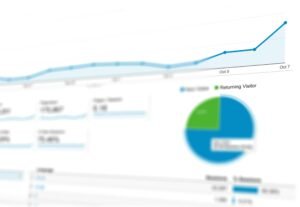Summary
- Complex menus and dropdowns are hard to use on mobile screens. Use hamburger menus instead to simplify navigation.
- Most browsing and shopping now happen on mobile phones. Ensure your website has a responsive design.
- To test your website’s mobile layout, right-click on your site in Chrome, click inspect, and view it in different layouts.
- Mobile users are impatient and won’t wait for slow websites. Use TinyPNG to optimize images for faster loading without losing quality.
- Minify your JavaScript and CSS code to reduce file size and improve loading times.
- Utilize a caching plugin like WP Rocket to store frequently accessed content on users’ devices, which helps speed up loading.
Video
How To Take Action
I would suggest implementing these strategies to improve your website, especially for mobile users:
- Simplify Navigation: Replace complex menus and dropdowns with a hamburger menu. This makes your site easier to navigate on mobile devices, reducing user frustration and improving their experience.
- Ensure Responsive Design: Make sure your website looks good and works well on mobile phones. You can check this by right-clicking on your website in Chrome, clicking “Inspect,” and then viewing it in different layouts. This step ensures your site adapts to various screen sizes.
- Optimize Images: Use TinyPNG to compress your images. This will keep your images looking great while speeding up your website’s load time, which is crucial for retaining impatient mobile users.
- Minify Code: Minify your JavaScript and CSS code to reduce file sizes. This means taking your code from being a jumbled mess to a cleaner, more efficient format. Smaller files mean your site loads faster.
- Use a Caching Plugin: Install a caching plugin like WP Rocket. This plugin stores frequently accessed content on your user’s device, speeding up loading times because the site doesn’t have to fetch all the information every time the user visits.
A good way of doing this is to tackle these tasks one by one:
- Start with the hamburger menu and responsive design check because they directly impact user experience.
- Next, optimize your images with TinyPNG since this can be done quickly and has an immediate effect.
- Then, move on to minifying your code. Numerous online tools can help with this.
- Finally, set up the WP Rocket plugin for caching.
These are low-cost, high-value tasks that will make a big difference in user experience and performance.




